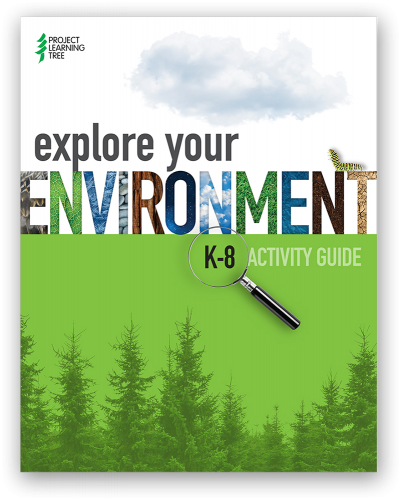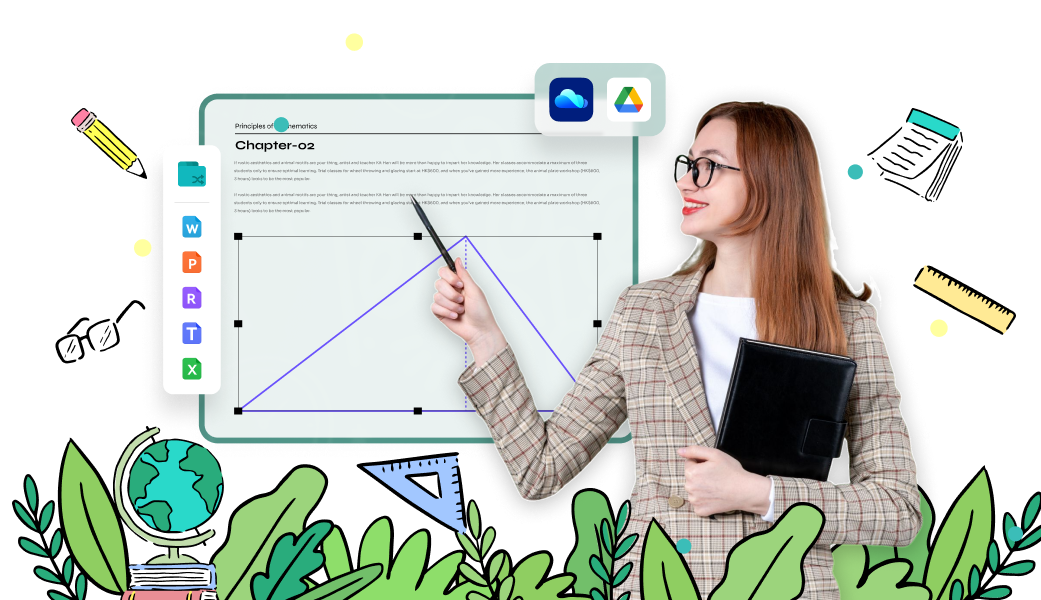New Suggestions For Picking Italian Kindergarten Teaching Materials
Wiki Article
What Kind Of Educational And Other Information Do Primary And Kindergarten Schools Require?
To aid the students' learning and development Kindergartens and primary schools must provide a range of educational and other materials. Examples of items that are required are: Curriculum materials- These materials are designed to help students achieve the learning objectives of the curriculum for schools. The materials could include textbooks, lesson plans, and workbooks.
Classroom supplies. Materials such as paper, glue, pencils, scissors and other art supplies will help young children finish their work.
Educational technology. In the digital age, educational technology, such as interactive whiteboards, tablets, and computers are readily available to offer resources for students and enhance their learning.
Booksfor Kindergarten and Primary schools need a wide range of books that are appropriate for children's age to promote reading and develop language.
Children are able to develop the ability to think spatially and solve problems by using manipulatives like blocks as well as games and puzzles.
Visual aids such as posters, charts and maps are all visual aids that can help children learn and retain crucial concepts.
Art and music materials Children can express their creativity through music and art. Materials such as paints as well as instruments and clay are ideal for this.
Safety ResourcesIn order to protect the safety of your students and employees, it is essential to have safety materials like emergency procedure posters, first aid kits, as well as fire extinguishers.
To create a safe, engaging learning environment in kindergartens and primary school students They must have an array of instructional and educational materials. Check out the top scuola infanzia for blog examples.

What Are The Most Recommended Maths Educational Aids In Italian Preschools?
There is a way to help youngsters develop their mathematical, spatial, problem-solving, as well as other abilities by using mathematics educational materials. Here are a few examples of suggested materials counting manipulatives Use manipulatives for counting, such as counting bears, blocks, and beads can help children improve their counting skills and also their fine motor abilities and hand-eye coordination.
Utilize charts and number cards to teach youngsters about numbers and counting. They can be huge, vivid numbers for the walls, or smaller cards that kids can handle and hold.
Shape manipulatives. Shape manipulatives are beneficial for children to develop their spatial thinking abilities and to learn about different shapes.
Measurement tools such as measuring tapes, scales and rulers are helpful to teach children about measurement and comparisons while also helping to develop their mathematical vocabulary.
Simple games and puzzles Simple games and puzzles like jigsaws, dominoes or games that match can assist in the development of children's problem solving capabilities, attention to details and concentration.
Technology-based Aids: Technology tools, like tablets that include math games and apps that teach can inspire and engage children. They also provide additional tools to help children learn.
It is essential to use these tools in a developmental appropriate manner and to make sure that they are safe and appropriate for young children. Teachers and parents are able to utilize these tools in order to create exciting, interactive math games which encourage curiosity and enthusiasm for learning. Take a look at the top materiale didattico matematica sostegno for site recommendations.

What Is The Most Effective Italian Kindergarten History Curriculum?
Italian nurseries are able to provide children with historical teaching resources that aid them in learning about their history, comprehend and appreciate their present as well as build confidence in themselves and belonging. Below are some instances of history teaching materials that may be necessary: Age-appropriate books: Age-appropriate literature that focuses on historical events, people and different cultures can aid children in developing an interest in history and feel a connection to the past.
Artifacts and pictures Artifacts and pictures from different periods of time and different cultures can help children understand and comprehend historical events and ways of life.
Children can gain knowledge about the past using timelines and maps.
Storytelling. A story is a great tool for teaching children about historical people and events in a manner they will be able to remember.
Dramatic games: Dramatic games can assist children in reliving the historical moments or experience. It also helps them develop a deeper appreciation of these experiences.
Field excursions: Field trips that take you to historical sites in the area and museums can provide kids with hands-on experiences and opportunities to study history in a an actual setting.
It is crucial to ensure that the teaching materials you receive are age appropriate and sensitive to cultural differences. Teachers and caregivers can utilize these materials to create exciting and engaging history activities which encourage children's curiosity and passion for learning. View the recommended schede didattiche storia sostegno for blog recommendations.

What Teaching Resources For Geography Do Italian Nurseries Need?
Italian nurseries employ geography-related materials to teach children about different cultures, environments and nations. Here are some potential examples of geography-related materials. Maps: They are able to aid children in understanding the geography of different regions and countries and their geographical location.
Globes. Globes can assist your child to see the earth's surface. They will also be able to learn more about the continents.
Pictures and videos Pictures and videos various locations around the world can help children understand the differences between cultures and help them appreciate them.
Books: Age-appropriate children's books that highlight different cultures can stimulate a child's curiosity and interest in the world.
Natural materials. Shells and plants are great to teach children about ecosystems.
Field trips. Children can gain knowledge about the world through hands-on activities and visits to local parks, zoos or museums.
It is essential to choose resources for geography education that are appropriate for children of all ages and culturally sensitive. Teachers and parents can utilize these materials to create engaging and interactive activities in geography that encourage children's curiosity as well as enthusiasm for learning about the world that surrounds them. Have a look at the most popular schede didattiche geografia sostegno for more tips.
